* (Halloween countdown post #1)
_____________
Body with a Parasitic Infestation O.o.p.
The ability of parasites to alter the behavior of their hosts has recently generated an unusual interest in both scientists and non-scientists. One reason is that parasites alter the behavior of their host in such a way as to suggest a hijacking of their ability to make decisions. However, how parasites manipulate their hosts is not an esoteric topic, fascinating with its evocation of gruesome zombie movies involving body snatchers. It is rather the understanding of these processes provide fundamental insights into the neurobiology of behavior.
______________
Animated Bedroom Dresser $2499.00
We Have one Animated Bedroom Dresser left in stock almost finished! Plus animated picture shown above the dresser will also be free with purchase!
______________
Giant Zombie Arched Entry $9,495.00
Giant Zombie Heads or Skull Entry Archway is an amazing Photo Op that your patrons must walk thru. As they approach each the severed heads independently roars come to life to turn/scream/growl or for more friendly attractions talk to/taunt/greet patrons as they pass thru. Available in Animated or Static Versions. Super steel structure for rugged outdoor use.
_____________
LA Adam Writer $1,999.99
Crazy writer frantically writes and then goes crazy when “scared”!
______________
Banshee €3573,95
She begins in ambient mode, eerily beautiful in the glow of night as thunder cracks around her. Then when triggered she rises to over 8ft. tall and opens her horrific mouth full of sharp teeth and screams. Banshee can either spray air or water providing an additional surprise and scare!
_____________
Cremation Oven $3,449.00
When triggered the tray with the body enters into the oven, oven door closes and then flames appear as the victim screams in horror. Oven door opens while the victim kicks and screams while exiting.
_____________
The Marlboro Man $2,700.00
The Marlboro Man Halloween Animatronic stands at an impressive 6ft and features realistic head, waist, and arm movements. Complete with sound programming, a foam pipe wrench prop, full costume, and hat, this animatronic comes with a controller and motion sensor for ease of use.
_____________
Kid Horde Attack $4,999.99
Mob shoots out 4′ while kid with severed arm raises up 12″, 3 heads move and arms lift with multiple movements.
_____________
Grave Robber $299.99
Standing at an imposing 6 feet tall, this life-sized terror is guaranteed to leave your guests in shock and awe. Designed with exquisite detail, the Grave Robber sports a snaggle-toothed grin, wispy grey hair, and a tattered brown suit, creating a horrifyingly realistic presence.
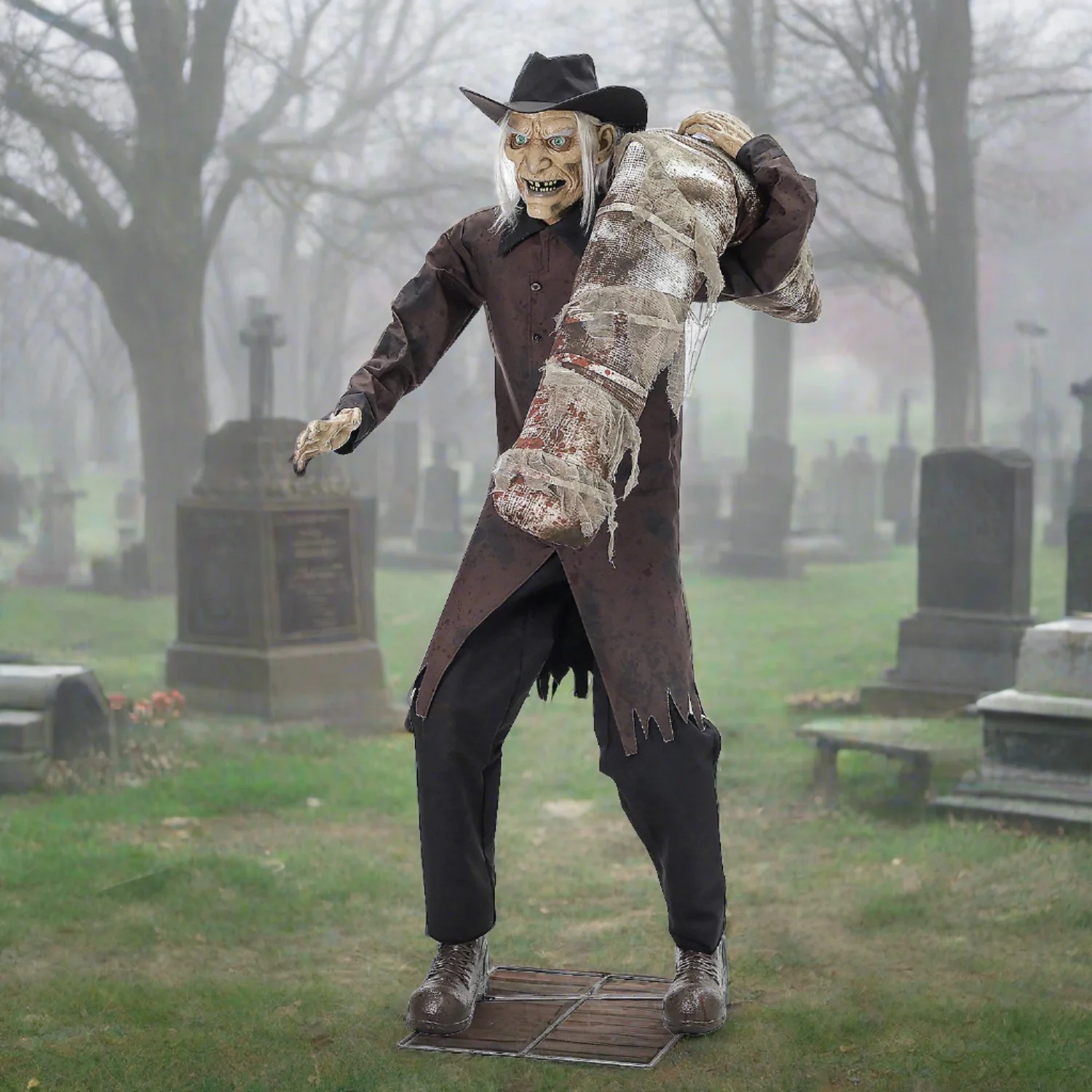
_____________
Wake up Dead €457,95
Wake Up Dead appears to be gasping for air as she shakes under a blood soaked sheet. Just plug her in and she shakes.
_____________
Disconnected $3,749.99
This animatronic phone booth features a drop panel, spooky zombie character with a phone in hand, lights, and a programmed sound and speaker.
____________
Doll Dresser $2,599.00
When triggered, girl with doll appears in mirror, says scary phrase then dissappears, pocessed drawers open/close violently then doll pops out of the centered drawers as lamp flickers.
____________
Stall Steve O.o.p.
Steve is sitting on toilet with head down, then fart and poop sounds start as Steve stands up to pee on patrons waving toilet paper all around.
_____________
Super Flyer – Wicked Witch of the West $5,995.00
It simply does not get any better than an actual Wicked Witch of the West flying around to harass your patrons. We have aged the character to be face much older, wrinkled and nastier, but the effect is the same. A special character was adapted to our existing SPRFLY200 Super Flyer Series. This dramatic flying rig allows the character to soar to a height of 17’, pan left and right 16’ and then dive-bomb and harass your patrons as they duck for cover below, while the Witch is cackling, screaming and taunting you and your little dog too deary. Character is enhanced with compelling multi-movements, jaw for speech, broom/torso movements, as well as other crazy realistic kinetic movements.
_____________
Death Rising €504,95
Death Rising is an All electric zombie animatronic prop that raises up and down from it’s grave! Hand painted and Includes link to download Frightronic audio track. Built to last by Distortions Unlimited.
_____________
Squishy Bridge $349.99
Create a unique walking sensation of a creaky, unstable bridge for your guests with this innovative product!

_____________
Sword Swallower $279.99
Here is a reminder of yesteryear when the Sword Swallower was the most popular act at the circus sideshow! Our 6 ft tall Sword Swallower Animated Prop performs his gruesome trick for all to see while circus calliope music plays in the background! His spattered and smudged clothing with red bow tie makes him look like an aged, deceased performer back from the dead!
______________
Driller Killer with Victim $4,999.99
Deranged torturer stands behind victim in a chain drilling into his temple with an electric drill. When triggered the driller releases the victim who flails crazily in his chair while screaming!
______________
Yeti Giant Monster Hand €5743,95
Giant Animatronic “Yeti” Monster Hand! Each finger moves and grabs! Includes controls, program, sound, and speaker. This hand hangs on a chain and must be secured to a solid beam from above as the hand weighs approx. 300 lbs.
______________
Ghostly Pets $35
When ghosts walk the earth, wouldn’t they want a dog to walk? A cat to caress? Frisky, faithful and friendly, these cuddly companions are ready to be scratched – but that’s tricky, because they’re ghosts! The Ghostly Pets Decoration Collection features four-legged phantasms perfect for a family-friendly Halloween. The complete collection even includes a bonus “Paranormal Pet Party” decoration featuring dogs and cats unliving together.
______________
Hacking Heidi $175
Hacking Heidi is better than all of Spirit’s worst props over the past 4 years. Her voice lines are really good. But the arms look like they’re on backwards.
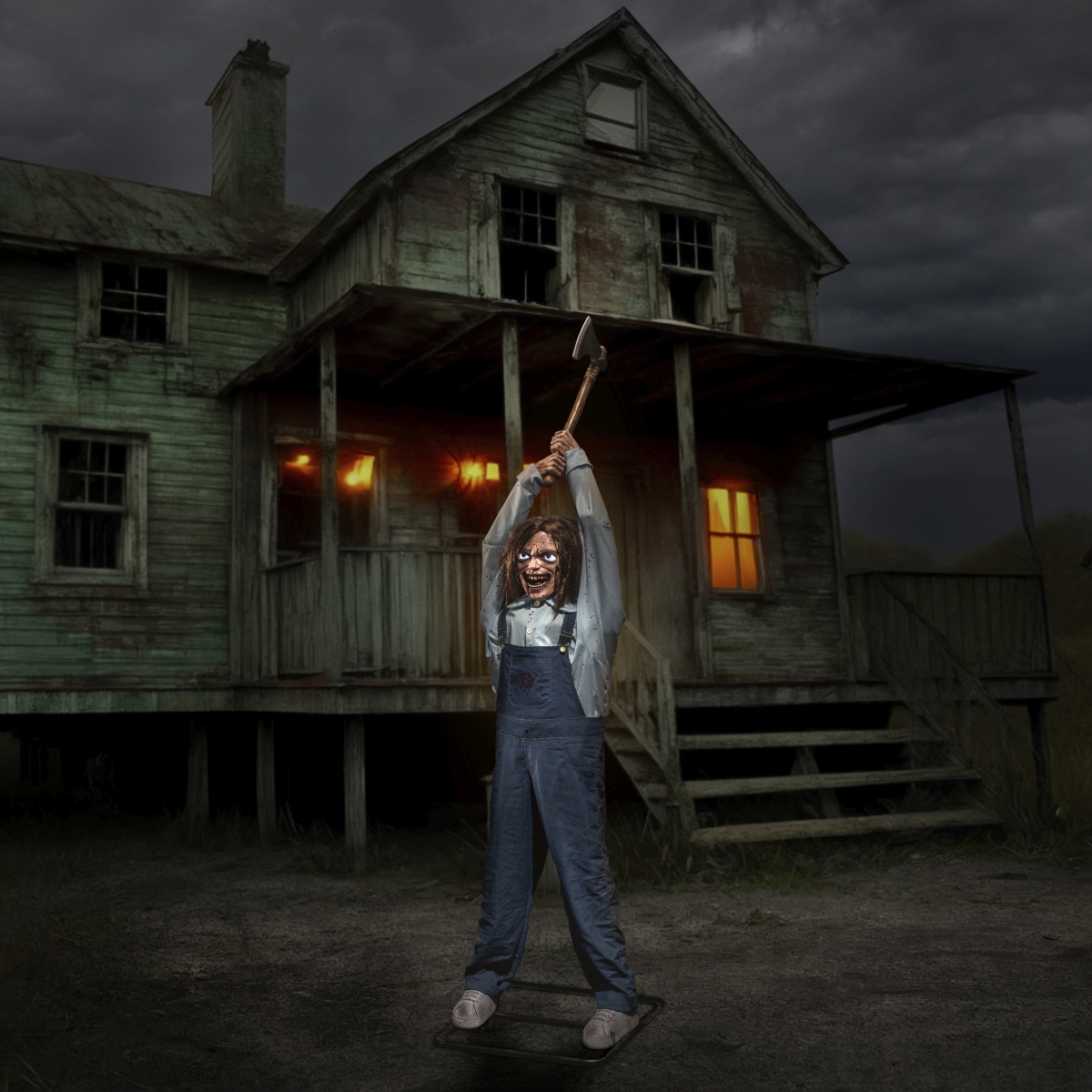
______________
Skewered And Burning $3,999.99
Burnt victim is impaled over a burning fire when they suddenly start screaming and convulsing!
______________
Evil Tree €5311,95
This massive animatronic tree has scary glowing red eyes, moving limbs and talking mouth. The height of our Evil Tree is 9′ 6″ tall, and from limp tip to limb tip it is 13′ wide. The Evil Tree includes red LED lights in the its eyes, sound, and controls. Ships freight.
______________
Face Off Kid $2,299.99
Kid in dirty pink bunny costume stands with rabbit mask, then drops the mask revealing his monstrous face!
______________
The Haunted Ticket Booth $4,499.99
The Haunted House ticket booth is not just an entrance; it’s the beginning of a terrifying journey, manned by a ghastly attendant who’s been waiting just for you.
____________
Body Snatcher Victim (Held by Hair) $1,494.68
Victim is held by the hair with an articulated internal steel rod construction, which allows character to realistically flop around while being carried by Body Snatcher.
___________
Bobby Strings $309.99
At 7.7 feet tall, Bobby was destined to be in the limelight. His relentless rehearsal routine filled with tap dances and careful ballet movements was bound to pay off eventually. His hard work was finally recognized when a new dance instructor offered to teach him solo choreography after hours, but before he could warm up his legs, he was knocked out cold from behind. The demented instructor strung up his limp body from the rafters and lifted his limbs in an exhausting pattern of twists and pliés to the rhythm of a cursed waltz for six days straight transforming a healthy boy into an obedient pain-ridden wooden puppet. Now, he performs in the cruel glow of stage lights across the world as the demented instructor’s plaything.
_____________
Pulled into Wall $3,499.99
Woman starts screaming and freaking out before getting folded in half and pulled into the wall by an unseen evil force.
___________
Bush Man $2,999.99
Looks like a simple decorative plant then suddenly bursts open to reveal a screaming man! Bushman!
*
p.s. Hey. Guess what? It’s Halloween season here at DC’s. Seeing as how I’m going to be in the United States and on vacation from the blog for a bunch of October, I’m starting my annual onslaught of Halloween posts a little early this year. So expect to be assaulted with Halloween related stuff every other day or two for the next spate. Apologies or you’re welcome, depending. ** _Black_Acrylic, Oh, the post got an oooh! Didn’t expect that. Yay, etc. Vegetarian fish and chips? Well, why not, I guess. Sounds theoretical yum and fun, pal. ** Dominik, Hi!!! It is. It really and truly is. We are now trying what feels like our millionth try to solve things. It probably won’t work, but keep our luckiness as a daydream, if you and your mind don’t mind. Wow, that’s not a bad salary. I’m surprised, but then again it must be pretty taxing work. Huh. Tempting. I’m sure love is running around from one fast food joint to the next gathering your wished-for condiments as I type. Love predictably but secretly sneaking into your apartment when you’re not there and concealing a wild, complicated animatronic machine inside your bed. Don’t worry, he’ll give you the on/off switch too, G. ** jay, Hey. That’s an interesting habit, fetish or whatever your current dude has. Obviously I can see it. I always fill part of my luggage with hot sauce condiment packets from LA Mexican fast food places when I fly back to Paris, but that’s maybe slightly less eccentric. At least in the States, often times when a roller coaster gets old and unpopular they do a VR overlay where you ride the old, boring coaster wearing a headset that tries to make you believe you’re actually flying around in canyons and dodging dragons and so on, and, in my experience, even apart from the nausea it produces, it’s all very lame. A ‘Tarkovsky–esque Resident Evil game’? Needless to say. I’m pretty sold already. Okay, my eyes will seek evidence. Thanks for passing that along. See you the next time the sun wakes up. ** nat, Hey. Obviously happy you’re unsick. Me too. I finally got my fucked up ear fixed, and I can hear the world in stereo again. Thanks about the posts and interview. I think muses who don’t read are the best muses for the reason you mention and probably for many other reasons. My life has been so full of stupid stress that I haven’t been reading at all, just eyeballing book covers. Do I point? I think so. I certain pinpoint, if that counts. ** Wolf, Wolferooni! Great! Ping me! I think I’m a mayo guy, disgustingly enough. Big love. Talk/see soon! Love, me. ** Bill, As always, I’ll hope someone captured your gig in visual/sound format and will upload it to some platform or other. Thanks about the film saga. Hopefully that homily ‘where there’s a will, there’s a way’ is reality based. ** HaRpEr, Urgh: the room thing. Hopefully someday soon you’ll be living in a Jacques Tati film. ‘Mon Oncle’ in particular. Yes, Mr. Barth’s humor gifts are highly notable. And your take on his thing is, as seemingly ever, brilliant. Sometimes I think the analytical parts of our brains are identical twins, assuming I can flatter myself without sounding gross. May today give you considerable progress. ** Lucas, Good morning to you from slightly later in the morning. My last few days have been worse, but every new day has potential, they say. Oops, about the appointment mix up. I hope the travel to and fro was at least somewhat positively inputting. Trying to hang on: me too, my friend, big time. We’ll make it through this shit together. Vow. ** Okay. You already know what you’re faced with today. Halloween season always starts around here with a beauty pageant of scary animatronics. Be there. See you tomorrow.
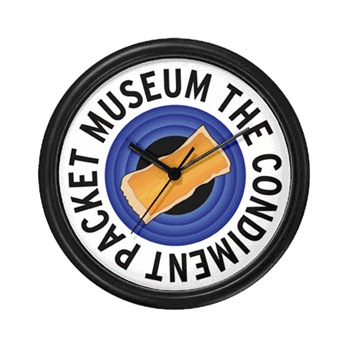

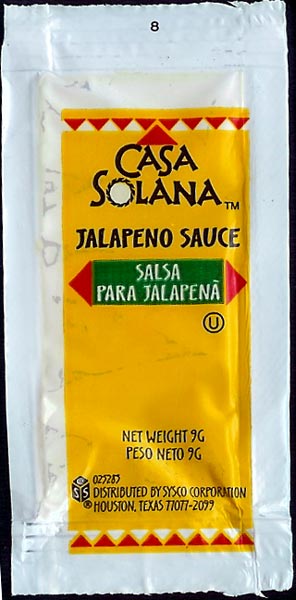

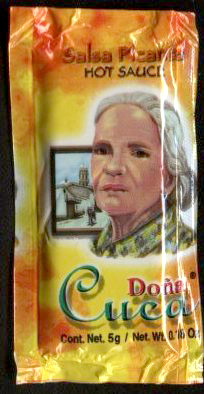



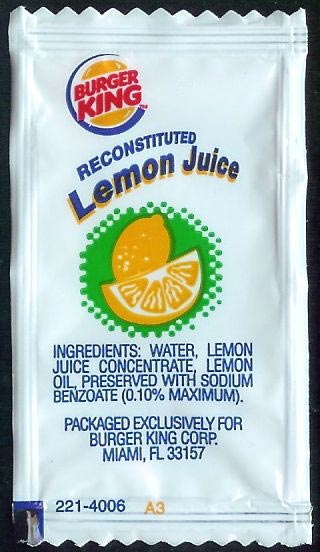
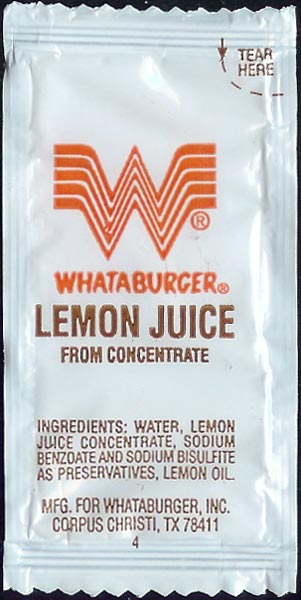



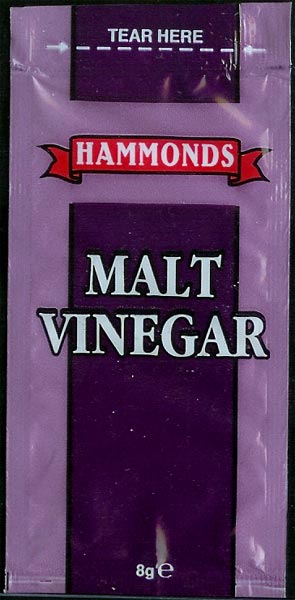
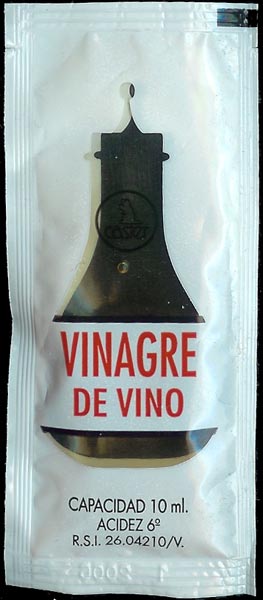



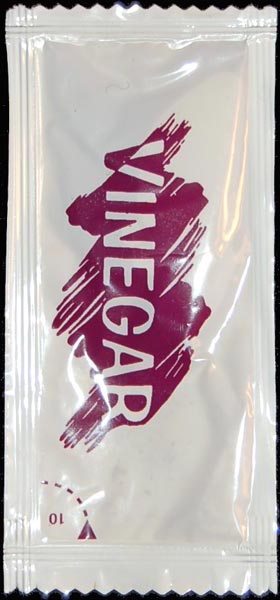

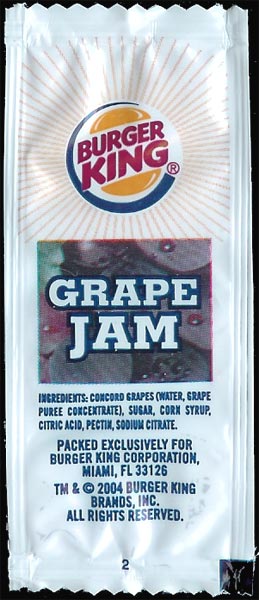
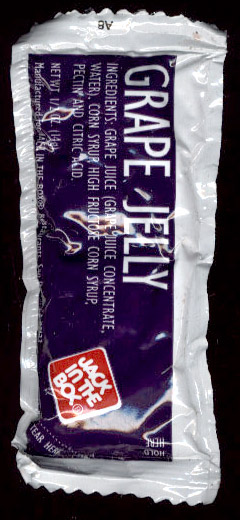
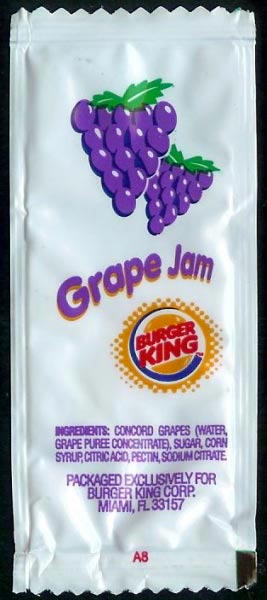
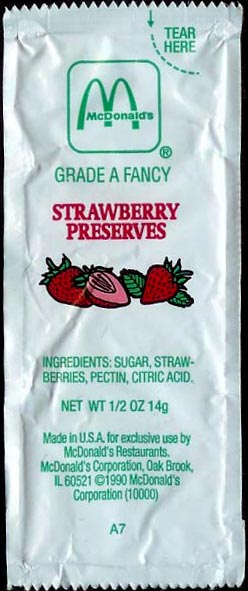


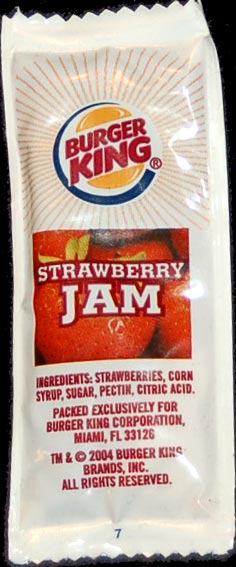

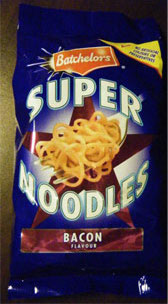

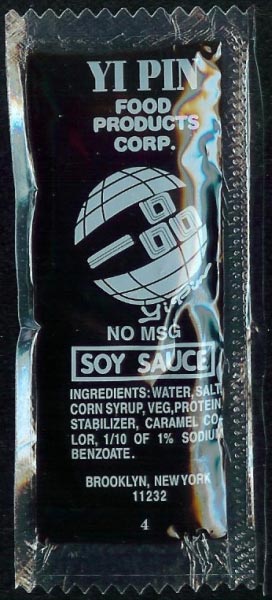
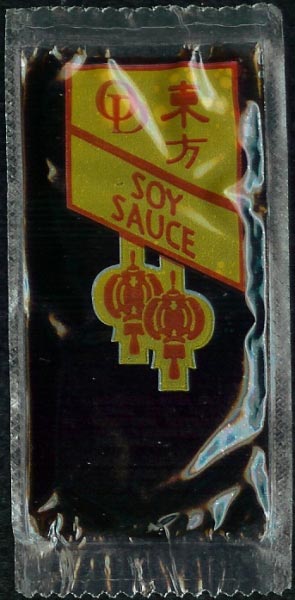

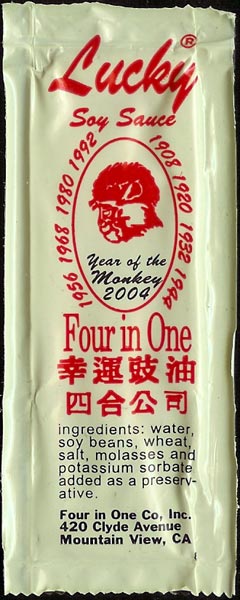

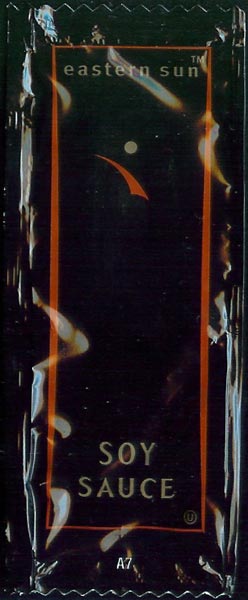



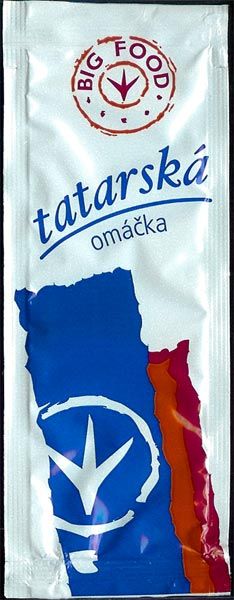


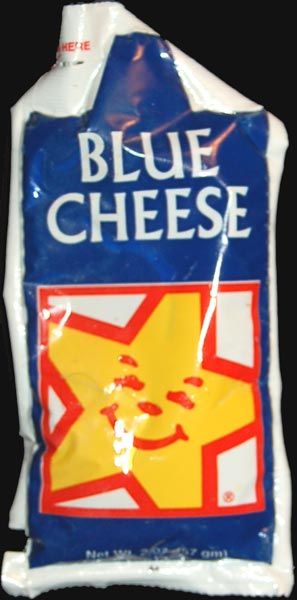




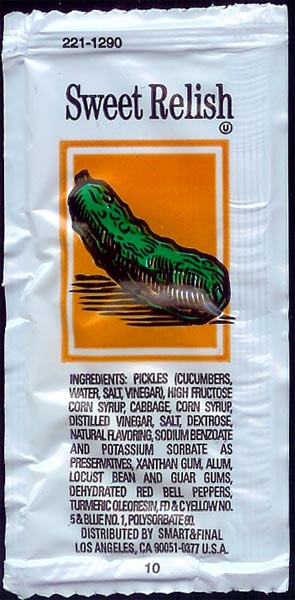
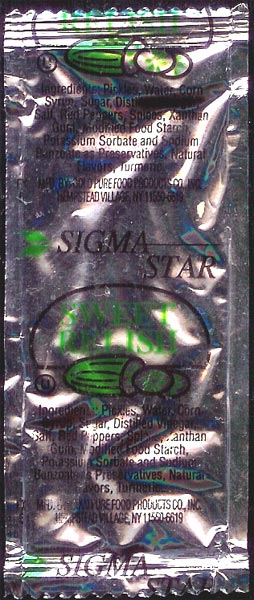


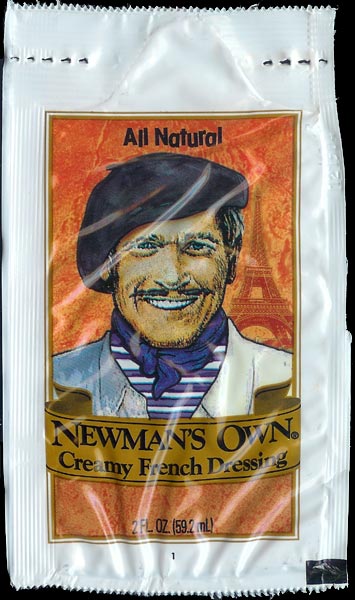



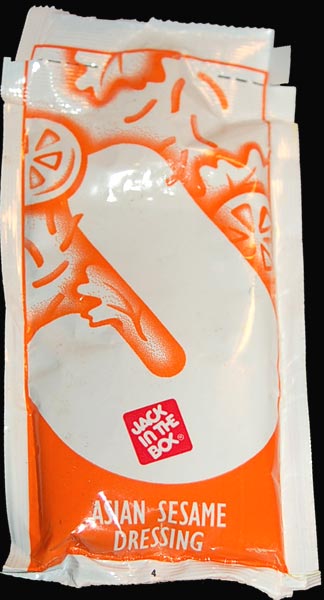
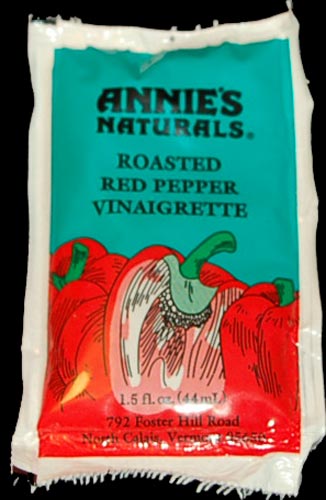
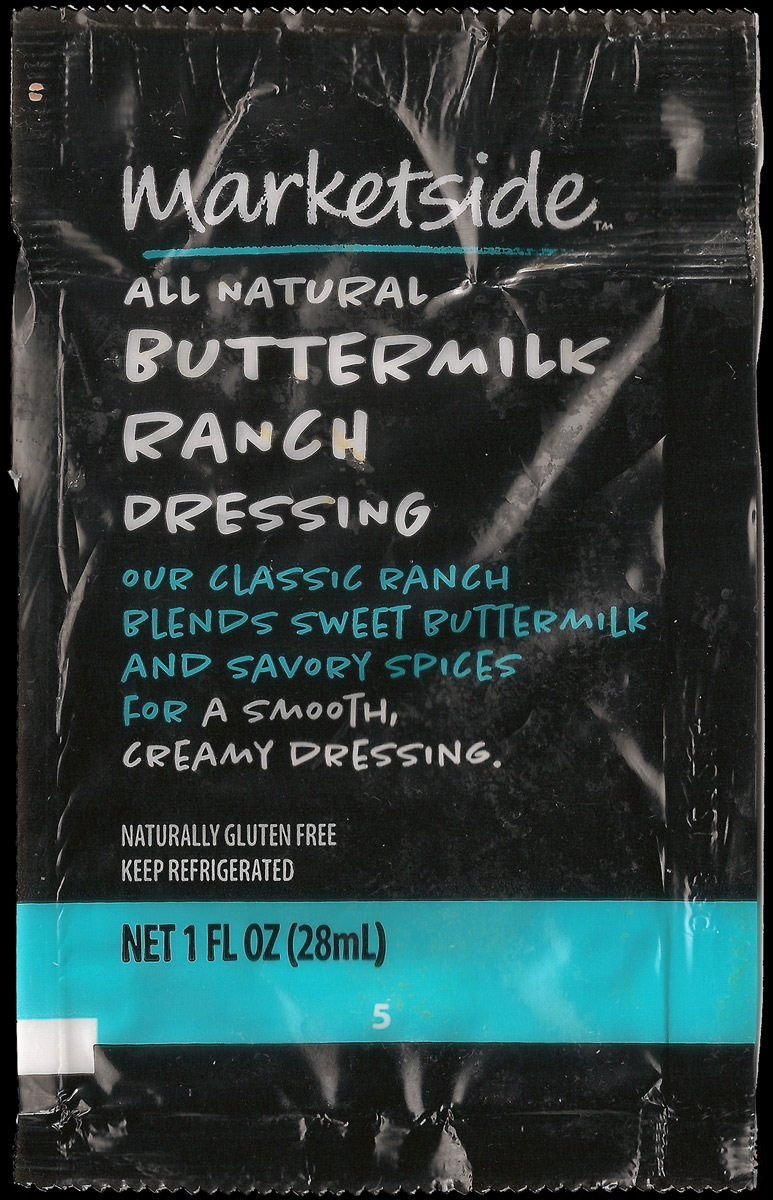
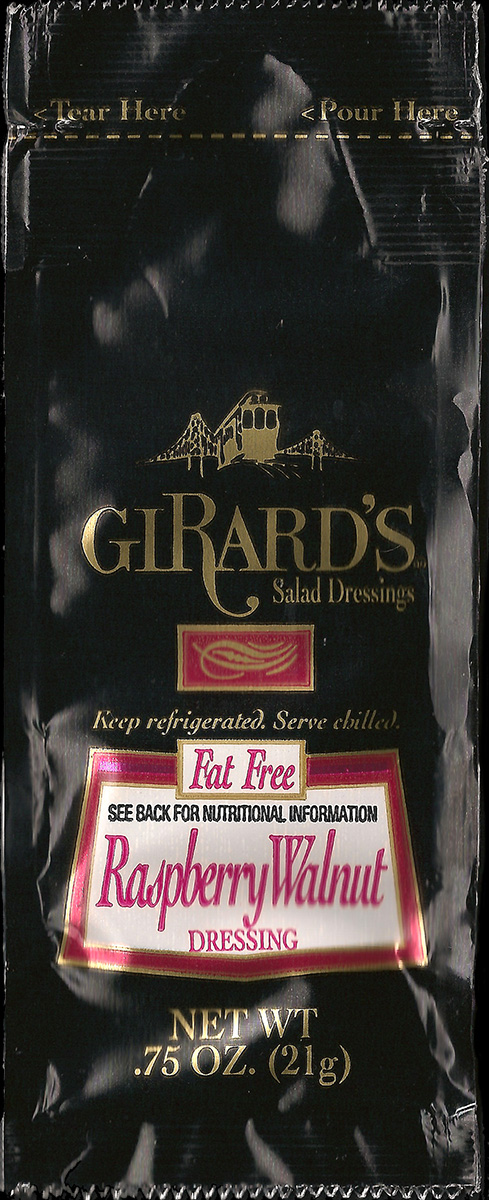
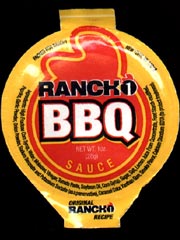

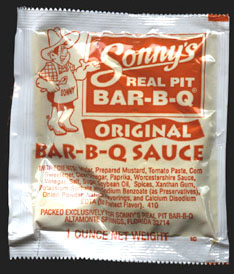
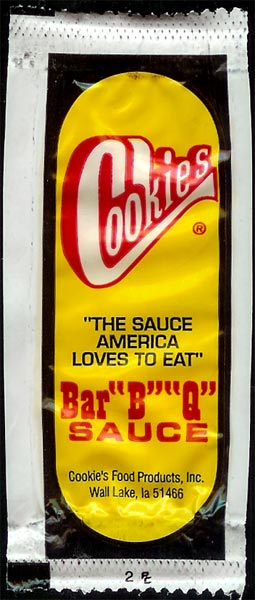
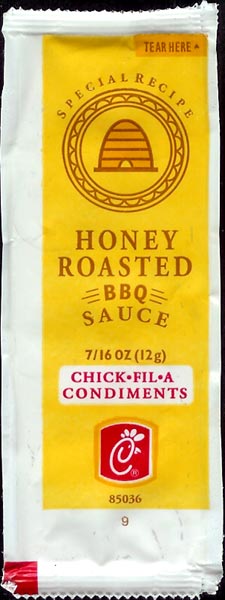
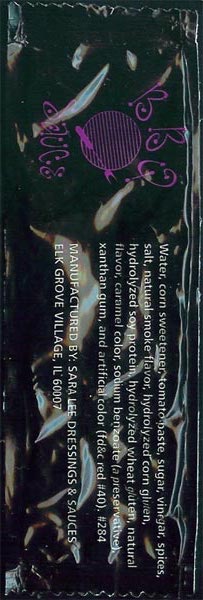

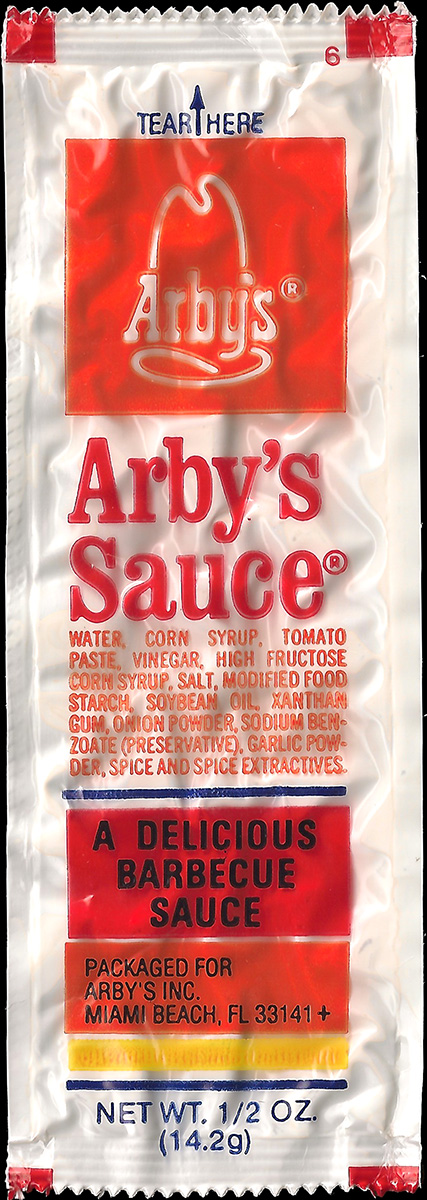

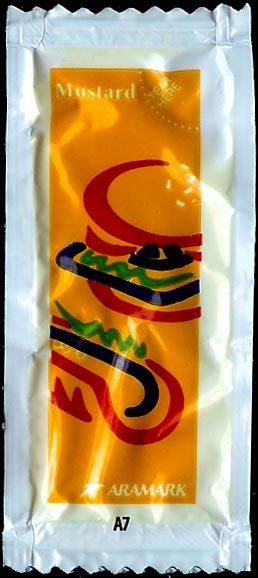




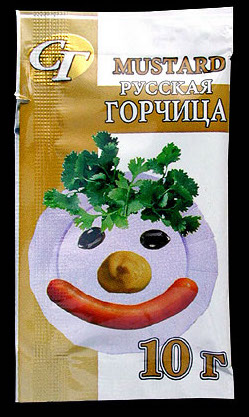



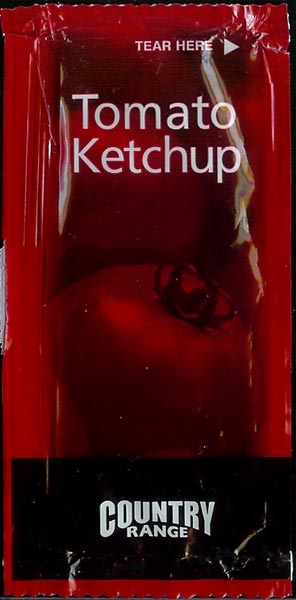
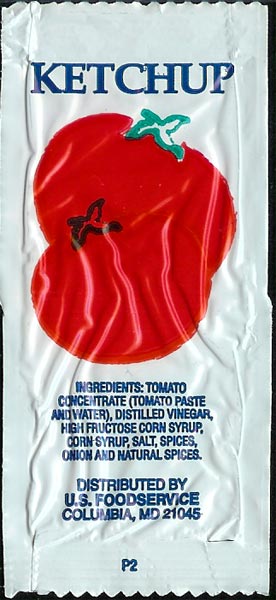
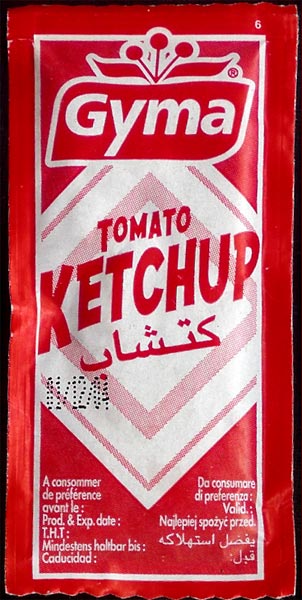


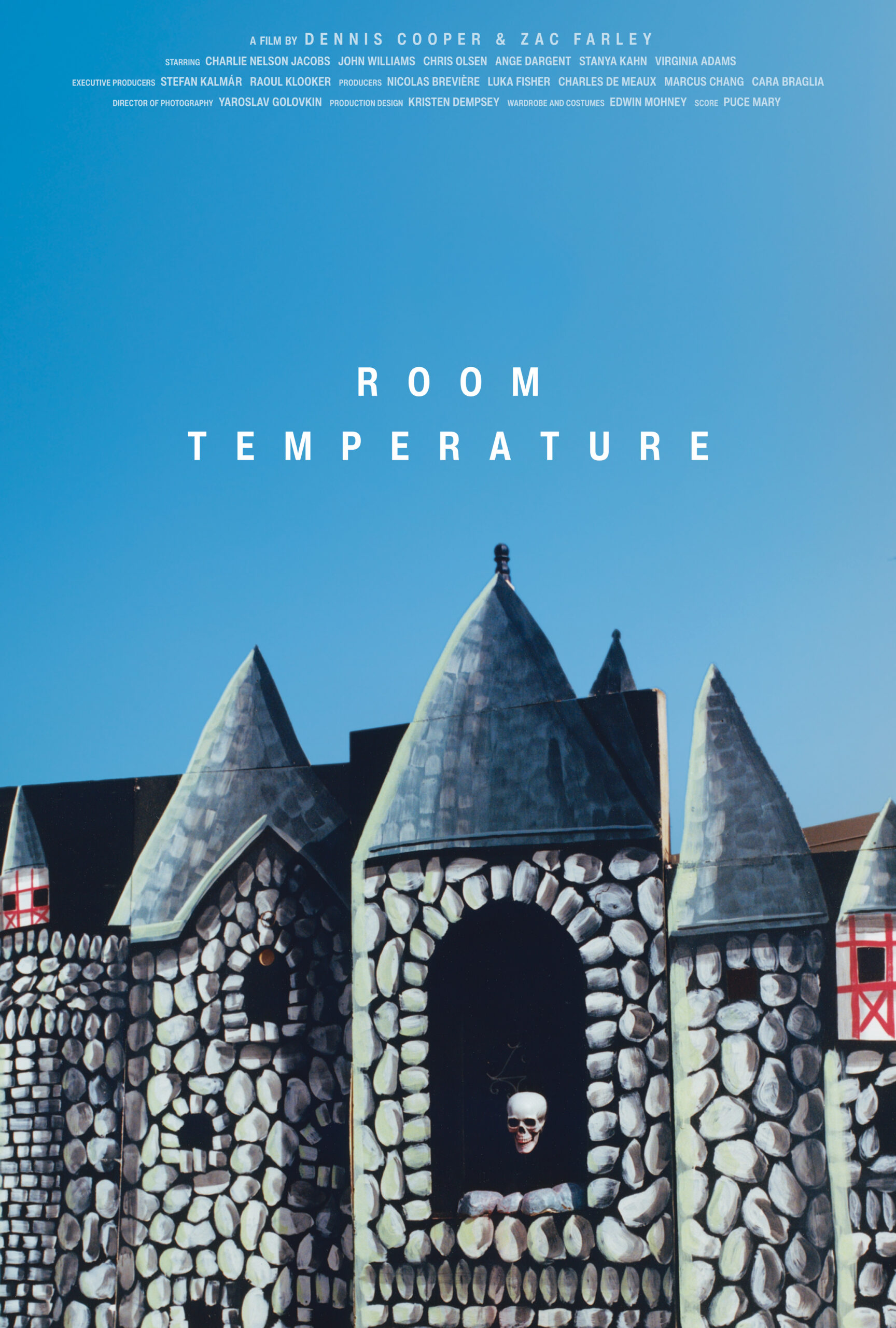



 Now available in North America
Now available in North America 